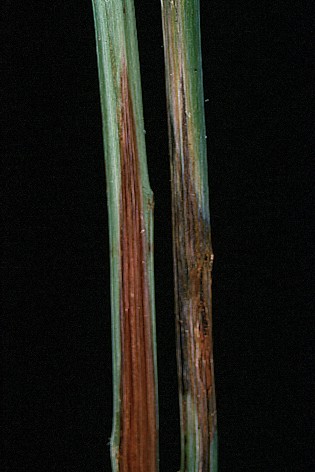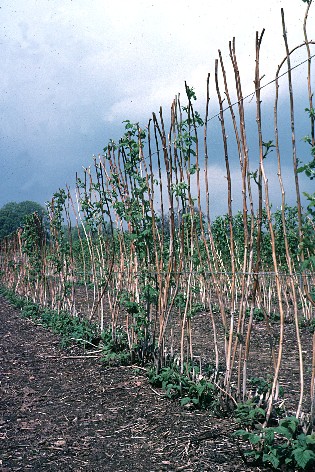
Cane blight is the disease caused by infection of wounds by Leptosphaeria coniothyrium, most notably caused by hoeing, flailing machinery and machine harvesting. The pathogen survives in soil and on dead wood. Infection of wounds on primocanes made during harvest leads to the development of brown vascular lesions that spread slowly from the wound during winter to extend over several internodes as 'stripe lesions' that can be revealed by scraping overwintered canes to remove the external tissues. Canes generally become very brittle at the point of infection because the pathogen removes much of the cellulose from cell walls. The extent of the vascular lesions, especially the number of canes with the stele girdled by lesions, determines the yield losses. Some fruiting canes die in winter, others produce few lateral shoots, and others wilt and die during spring.

Control of the disease can be achieved effectively by reducing mechanical damage to canes. Some resistance/tolerance has been reported in cv. Latham and in species material R. pileatus, R. coreanus, R. mesogaeus and R. odoratus, but unfortunately the resistance was not transferable by cross-breeding to satisfactory modern types for commercial development.
The fungus L. coniothyrium is one of the fungi sporadically involved in 'midge blight', in addition to Phoma and Fusarium spp. that cause the 'patch lesions' diagnostic for this syndrome (see Raspberry cane midge section).
